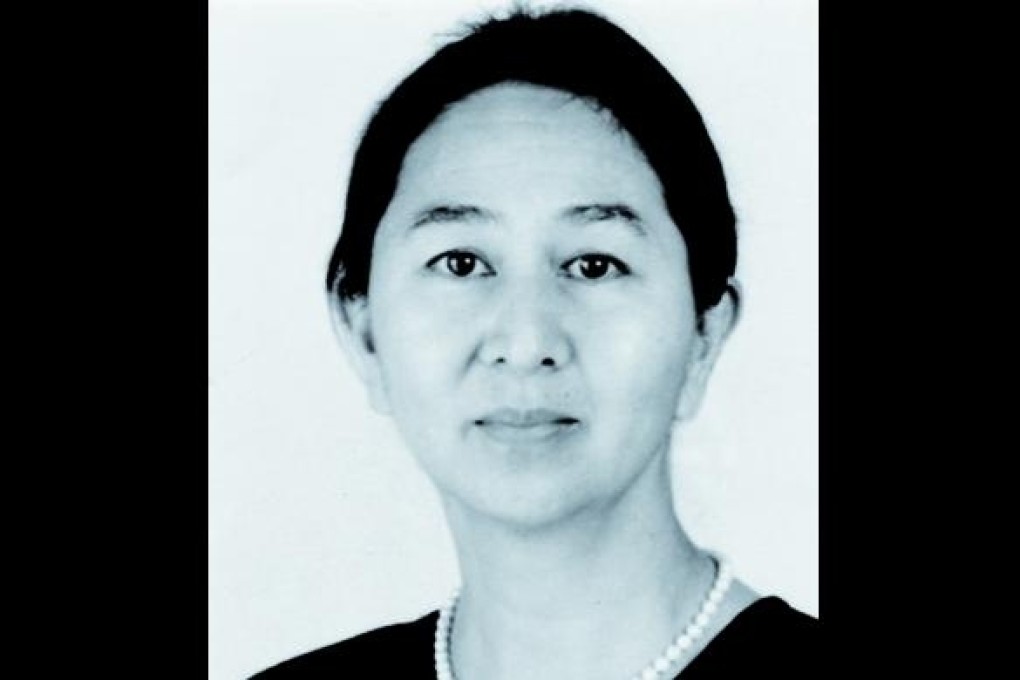Upclose with Jannette Cheong
British schoolteacher-turned-playwright Janette Cheong spent many years in the classroom. When her father passed away, she embarked upon a journey to uncover his past, resulting in “Pagoda,” a play performed by Theatre Nohgaku, an English-language Noh theater company, together with Oshima Noh Theatre. She talks to Beverly Cheng about how she’s telling a Chinese tale through an ancient Japanese art form.

HK Magazine: What inspired “Pagoda”?
Janette Cheong: In 1973, my father died suddenly of a heart attack. After his death, my family felt that we knew very little about where he was from. All I had was a letter in Chinese with a name and an address on it.
HK: How were you able to enter China during the communist era?
JC: We went in 1975, and at that time it was very difficult to travel through China. So I offered my services to teach English.
HK: Did you find the person in your father’s letter?
JC: The authorities at the university in Harbin [which offered to assist in Cheong’s search] asked me whether I would like them to find out who the person was—and quite a long time afterwards, they came back and said they found the person, and that it was my father’s youngest sister. When I found her, she was suffering from the terminal stages of cancer.
HK: What did you uncover about your dad’s past?
JC: She [Cheong’s aunt] told me of how my father was just a young boy when he left in the late 1920s. He came from a very poor area where a lot of people were dying of starvation. His brothers had gone away as seamen and they managed to get him aboard a ship as a cabin boy. He left his mother and never saw her again. It’s a very sad story, and one that stayed with me for a long time.
HK: How did you come across Noh theater?
JC: We were in Japan and went to see a Noh play. We happened to be the only foreigners in the audience, and at the interval a television director interviewed us for Hiroshima television. After the interview, Mr. Oshima [head of Oshima Noh Theatre] showed up. He invited my friend and I to have dinner with his family and all the performers.
HK: So this meeting sparked your interest in Noh?
JC: It was really their [Oshima’s] interest in my story and my interest in their art—it was a mutual interest that threw us together. They knew Rick Emmert [artistic director of Theatre Nohgaku]—one of the few people in the world who’s an expert in Noh, but who’s not Japanese. By chance he was having a Noh writer’s workshop in Washington and invited me.